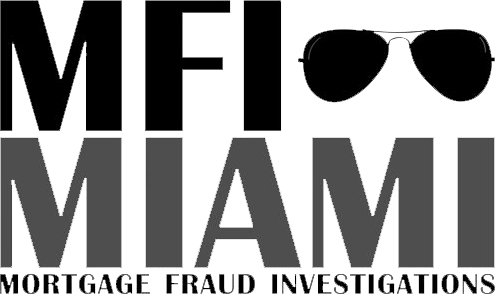The FL 4th DCA Closes a Loophole Exploited By Foreclosure Mills
The Florida 4th District Court of Appeals has handed down a ruling that would end the practice of foreclosure mill attorneys introducing into evidence original copies of undated mortgage notes endorsed in blank after the foreclosure lawsuit is filed.
Foreclosure mills in Florida are infamous for filing foreclosure actions against homeowners without being in possession of the note while claiming it in the complaint. Then days before trial presenting it the homeowner’s attorney as if it was readily available the whole time.
Well the Florida courts having enough of it and re-affirmed that the foreclosing parties must have proof they are mortgagee and the note holder before filing the foreclosure complaint.
“The party seeking foreclosure must present evidence that it owns and holds the note and mortgage in question in order to proceed with a foreclosure action.” Lizio v. McCullom, 36 So. 3d 927, 929 (Fla. 4th DCA 2010). The plaintiff must prove that it had standing to foreclose at the time the lawsuit was filed. McLean v. JP Morgan Chase Bank Nat’l Ass’n.
Where the plaintiff files the original note after filing suit, an undated blank endorsement on the note is insufficient to prove standing at the time the initial complaint was filed. Bristol v. Wells Fargo Bank, Nat’l Ass’n, 137 So. 3d 1130, 1132 (Fla. 4th DCA 2014). Moreover, an assignment of mortgage, even if executed before the foreclosure action commenced, is insufficient to prove standing where the assignment reflects transfer of only the mortgage, not the note. Id. at 1133. The mortgage follows the assignment of the promissory note, but an assignment of the mortgage without an assignment of the debt creates no right in the assignee. Id.
Here, the plaintiff’s documents failed to demonstrate that the plaintiff had standing to foreclose at the time it originally filed suit. The undated blank endorsement on the original note, which was filed over a month after the plaintiff initially brought suit, was insufficient to prove that the plaintiff had standing to enforce the note at the inception of the lawsuit.
Likewise, the “Assignment of Mortgage” from DLJ Mortgage Capital to the plaintiff reflected a transfer of only the mortgage, not the note. Because there was no proof that the plaintiff was entitled to enforce the note when it filed the initial complaint, the Assignment of Mortgage to the plaintiff was insufficient to establish the plaintiff’s standing at the inception of the case. Thus, a genuine issue of material fact still exists as to when the plaintiff took possession of the note.



